Grizzly Bear: Majestic Symbol of Wilderness
Wildlife filmmakers play a vital role in creating awareness about the environment and issues affecting the ecosystem. A lot of the wildlife in conservation was brought to light by each wildlife filmmaker who studies issues that lead to a destabilized habitat and in turn affect wildlife's capacity to adapt. The conservation of a natural habitat takes effort but when brought to light, people can learn what not to do. Pollution is one of the major threats to the ecosystem because it has devastating effects, which are difficult to contain. Nature filmmakers have particularly studied the grizzly in its natural habitat while trying to advocate conservation of its homeland, and this has gotten a lot of attention from naturalists. Each animal plays an important role in maintaining a natural order in the ecosystem. The grizzly bear is one of the most aggressive bears known to man and one that people avoid [...]
Grizzly Bears: Facts and Fiction
Sometimes grizzly bears are portrayed as aggressive predators. Nothing could be further from the truth. These giants of the forest tend to be solitary animals, except for females and their cubs. They congregate at times, where there is a large food supply. The average life span of a grizzly bear is about 25 years. They can range from five to eight feet tall and weigh as much as 800 pounds. Grizzly Bear Habitats The grizzly bear is a subspecies of the brown bear. They are found in Canadian provinces of Yukon, Alberta, British Columbia and the Northwest Territories. In the U.S., they are usually in Alaska, Idaho, Wyoming, Washington and Montana. They stay mainly inland, away from large bodies of water. They prefer to live in forests and scrubbed areas. Diet Grizzlies are omnivores, which means they eat both plants and animals. They eat blueberries, bearberries, roots and bulbs of [...]
How to Attract Butterflies to your Garden
Butterflies are beautiful winged creatures that live nearly everywhere. However, while every garden does have its share of butterflies, there are ways to attract butterflies to your garden than would normally visit. Those who are interested in conservation may even want to videotape the butterflies that come to visit and see which butterfly species are more prolific in a certain area. However, even those who are not studying wildlife will appreciate the beauty that many different butterflies bring to a garden or yard. Butterflies are naturally attracted to flowers. They drink nectar from the flowers for food. A garden that has plenty of flowers is sure to attract butterflies, especially if the flowers are particularly rich in nectar. Interestingly enough, some flowers do have more nectar than others do. Zinnias and lantanas in particular seem to be favorites with most butterfly species. Echinacea coneflowers, Asiatic lilies, and purple or pink [...]
Nature and Wildlife in Jeopardy: Living in a World Without Animals
Not too long ago, humans were just like any other species of animals on the planet Earth. Before they became the top dog in the food chain, they not only hunted with the hounds, but also ran with the hares, just to save their lives. Not anymore today, humans do not have worry about any existential threat from any agent on the face of the earth. Survival is not the challenge anymore rather the tables have turned, and it is nature and wildlife at large who are threatened from human actions. Threats facing the Animal Kingdom It is said that the earth is a living system all the parts of it interact with each other to make life possible on earth. However, the subsystems of this huge system are facing threats that they have never faced before. Habitat destruction is one challenge facing many species of animals. It is hard [...]
Fireflies: Documenting the Diminishing Population of Fireflies
Nature filmmakers have, for some time, documented wildlife and the environment, so that people can learn more about the different animals and insects that are in our ecosystem. Each insect and animal is crucial to the planet, as well as to humans, so we must understand each, and the value they bring to us. The firefly has been captured by nature filmmakers for reasons of conservation, among others, like their unique manner of illuminating in the dark. Fireflies are as unique and beautiful as they are magical. Unfortunately, they are in danger of becoming extinct. Globally, their numbers are diminishing, and this is bad for the environment. Fireflies are just one more sign that summer is here. Remember when you could see thousands of tiny lights go on and off in fields and forests? Unfortunately, future generations may not ever experience this magical happening because they are slowly, but surely, [...]
Porcupines: Rare Opportunity for Natural History Photographers and Filmmakers
Porcupines hold a unique place in the animal kingdom. They are rodents, the largest of their kind in Africa. In the world, the porcupine is trumped only by the beaver and the capybara in terms of size. Porcupines are easily recognizable because of their appearance. An adult porcupine can have at least 30,000 quills on its body, extending from its flesh and out so these stick out of the animal's back, tail and sides. They are a natural history filmmaker favorite not only because of the way they look but also because of their unique behavior. The porcupine holds the record as the prickliest of all rodents. The word "porcupine" actually comes from the Old French phrase porc espin, which are words to describe a pig that has spines. There are actually 29 species that belong to this family and each one may appear and behave differently. In general, though, [...]


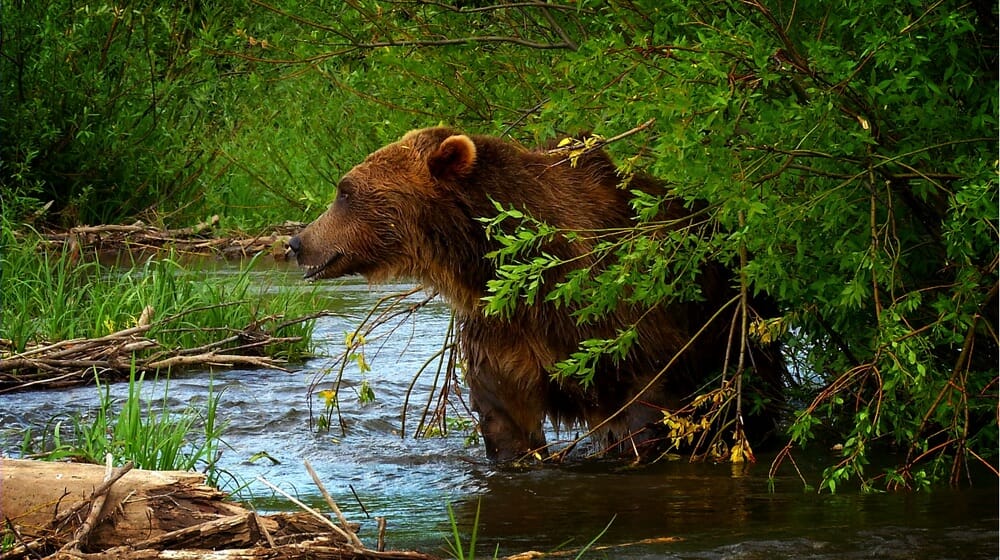
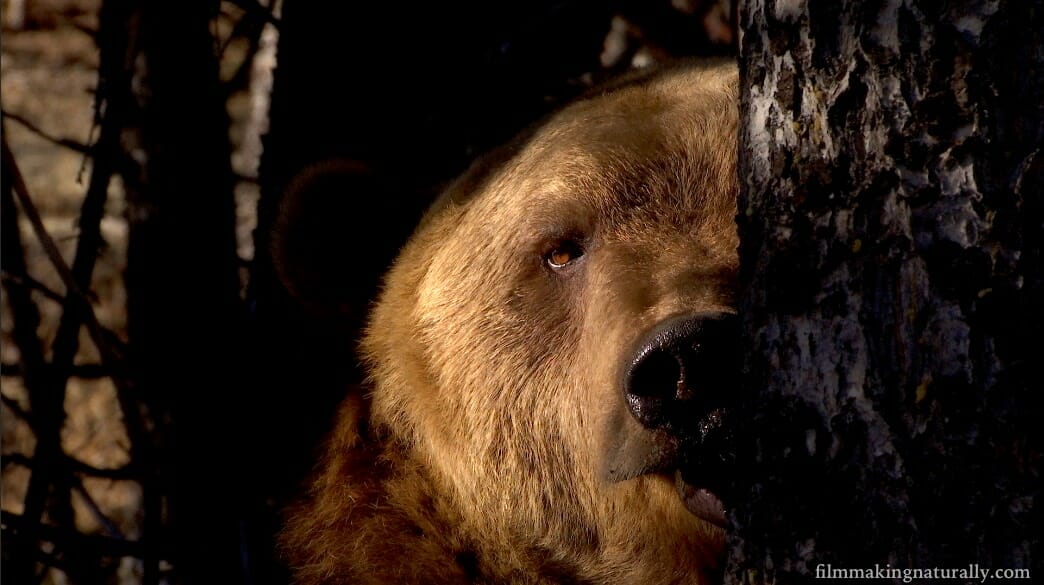

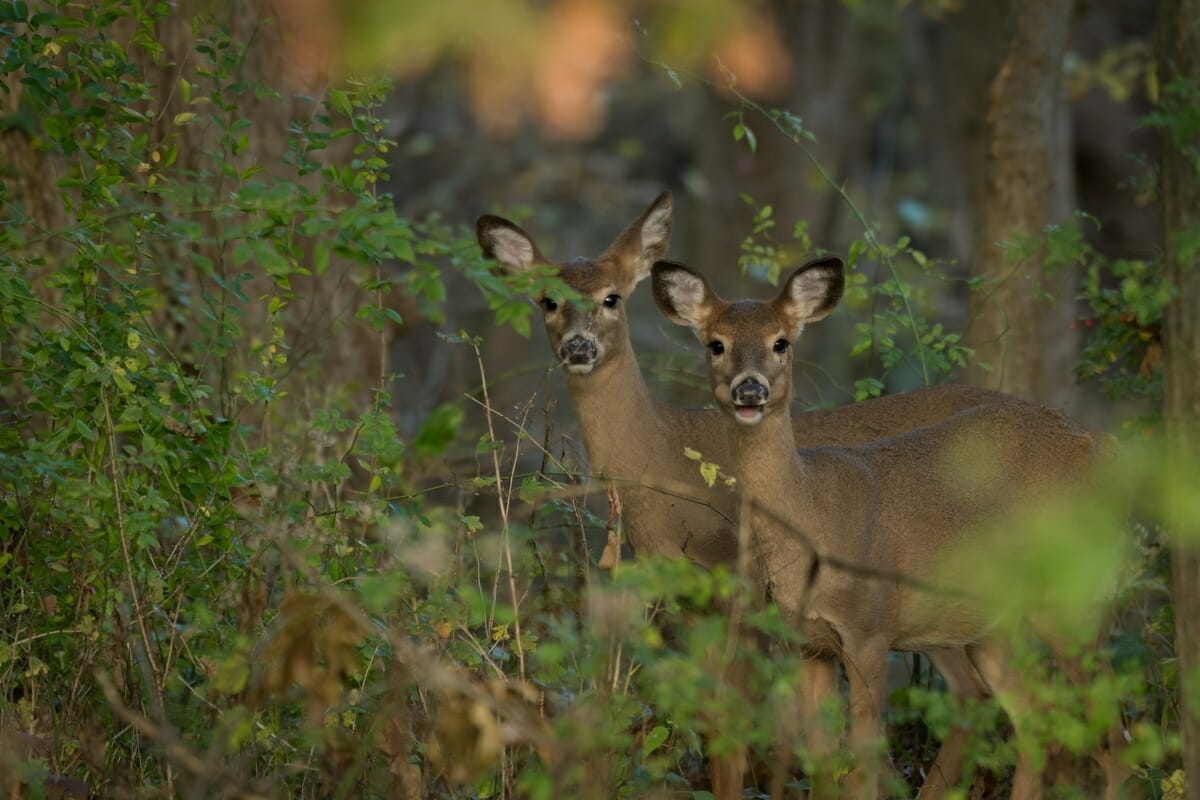
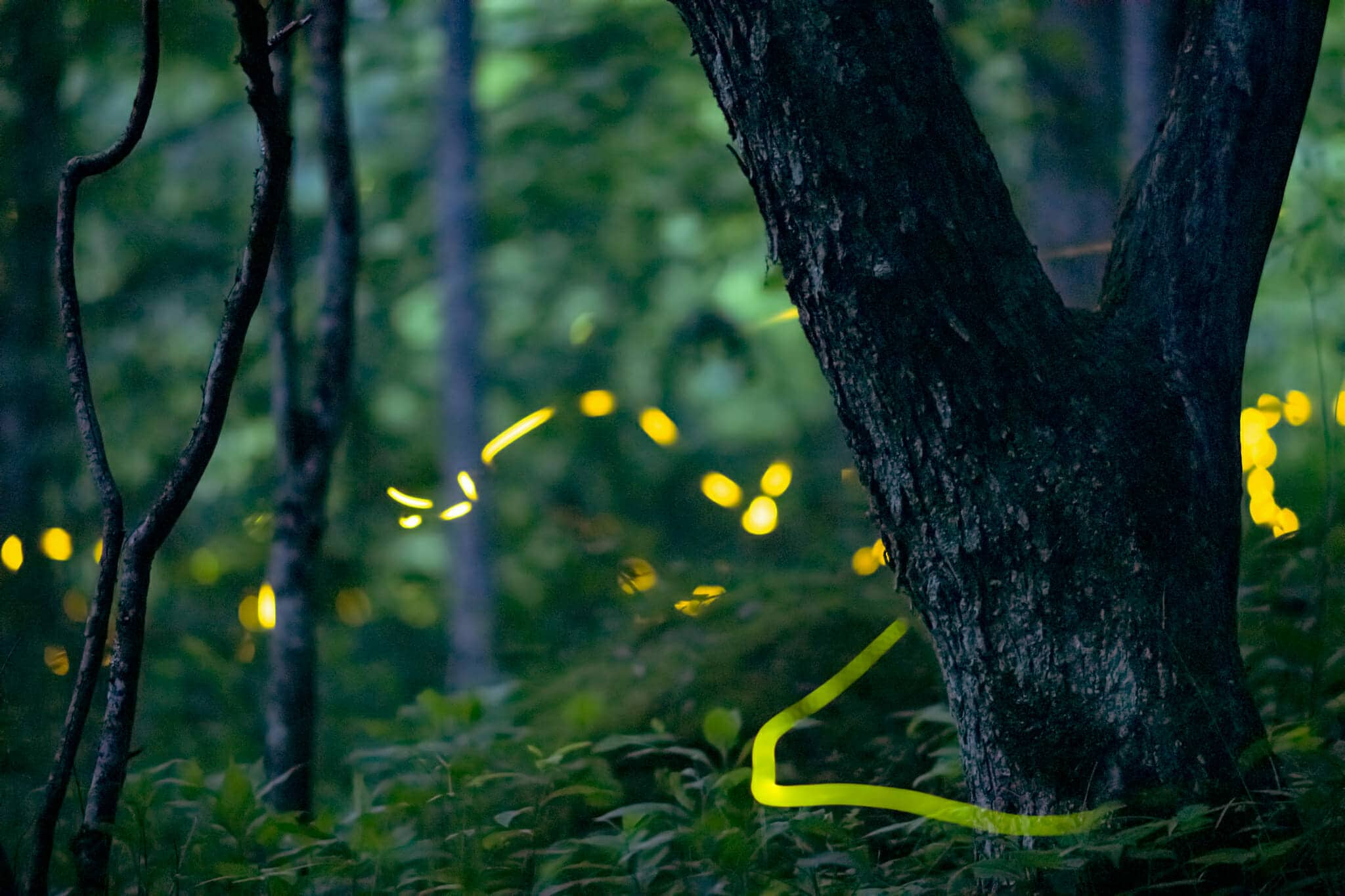
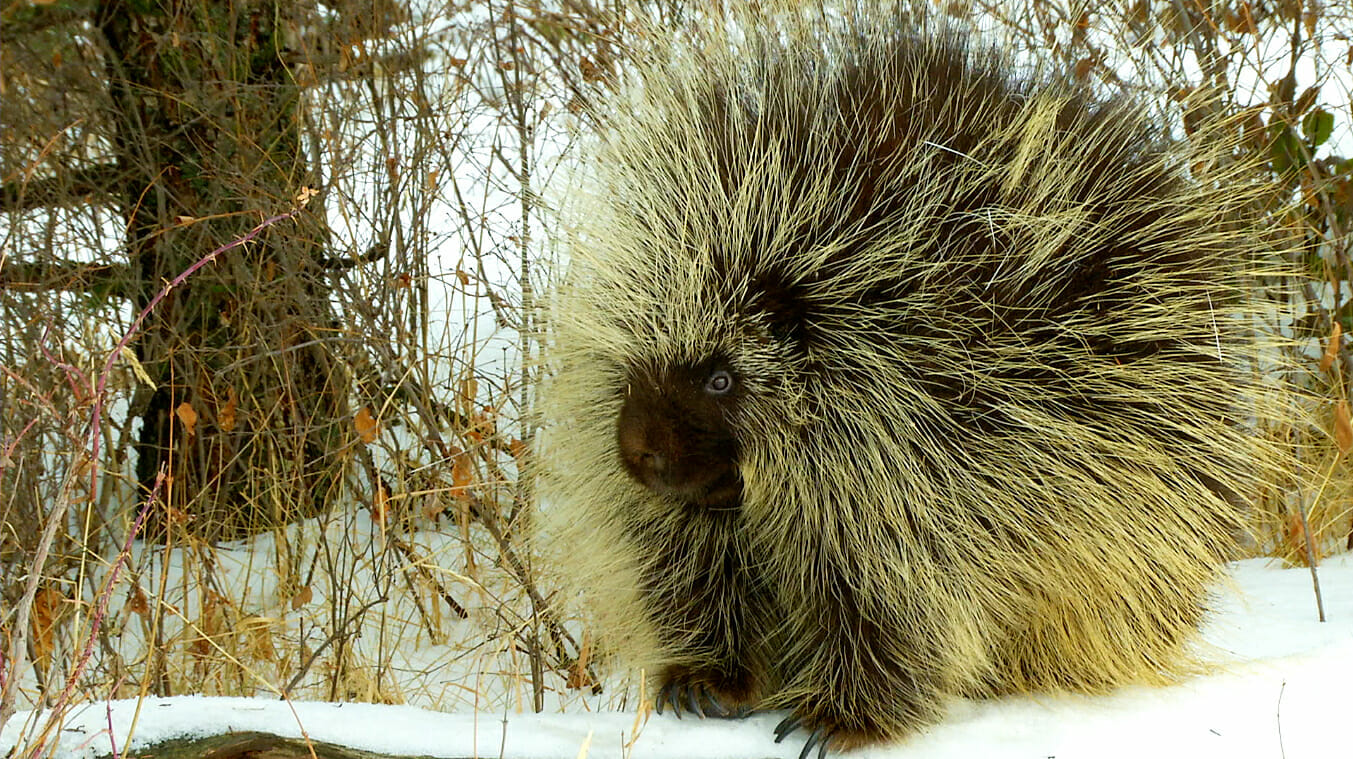
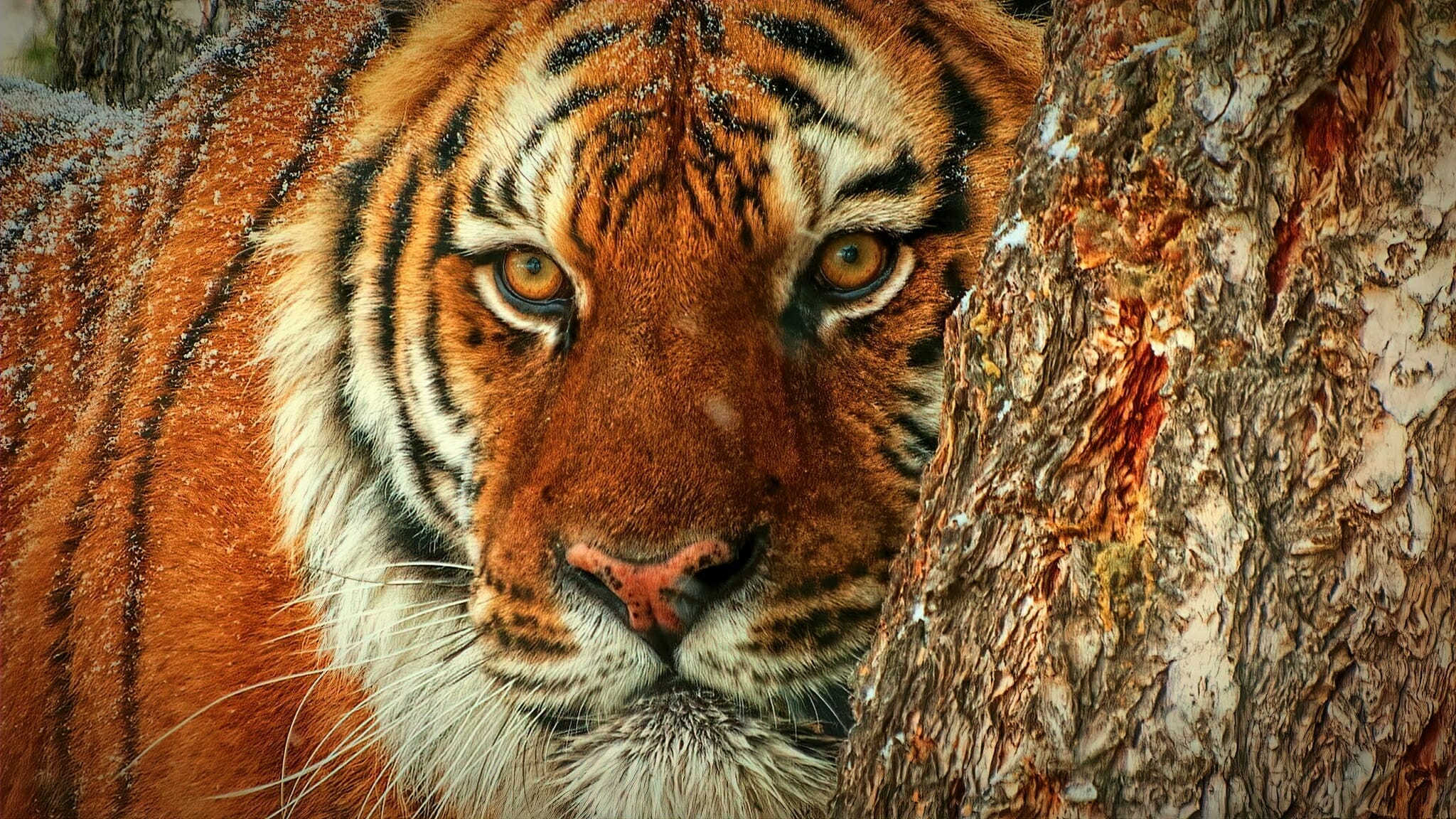
Leave A Comment
You must be logged in to post a comment.